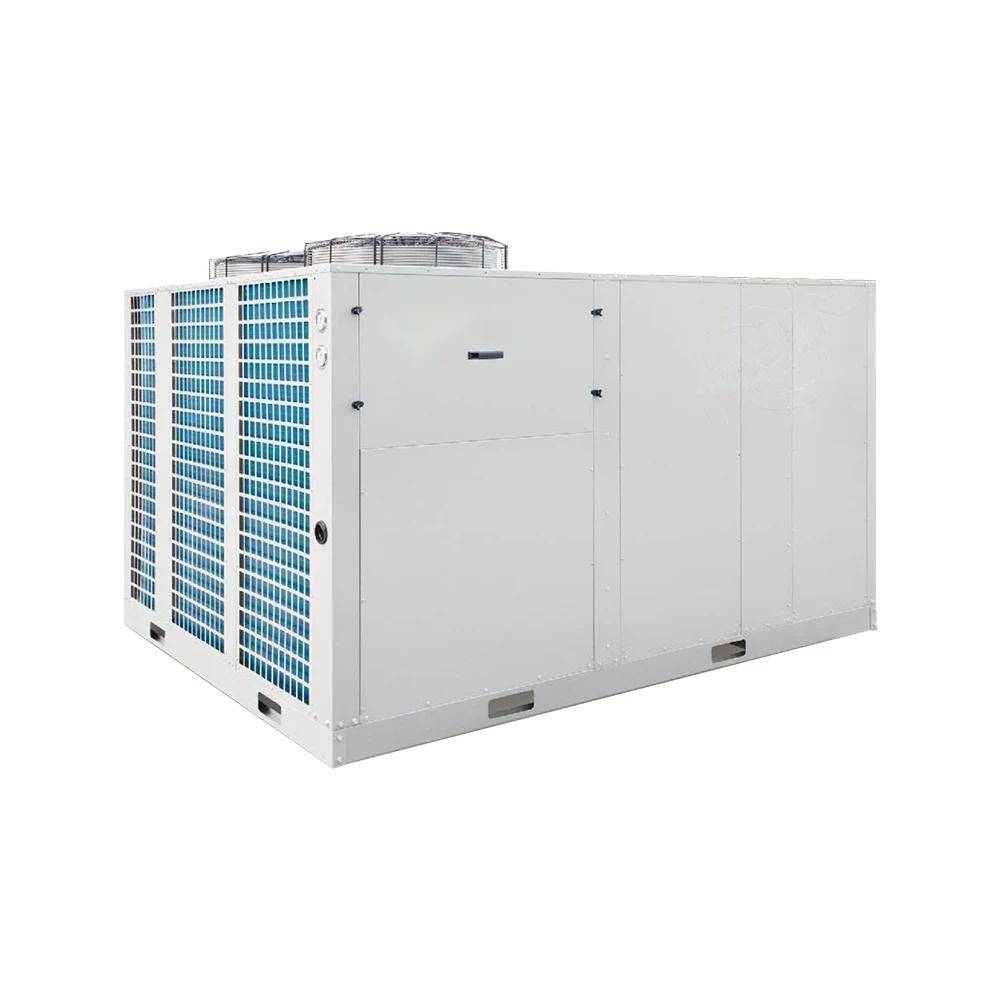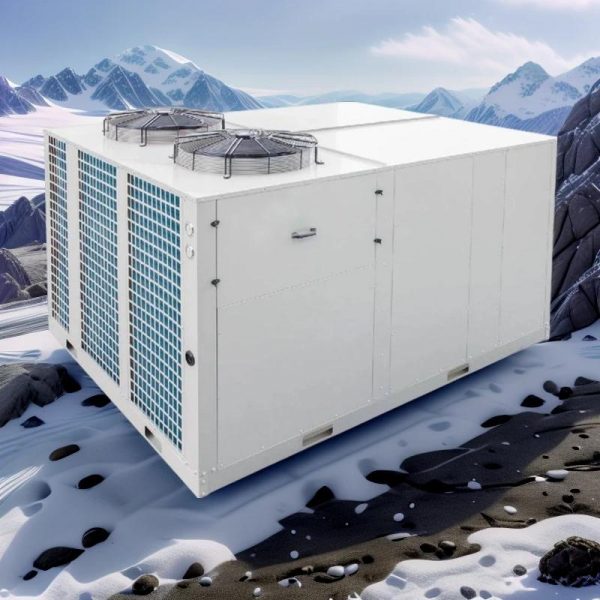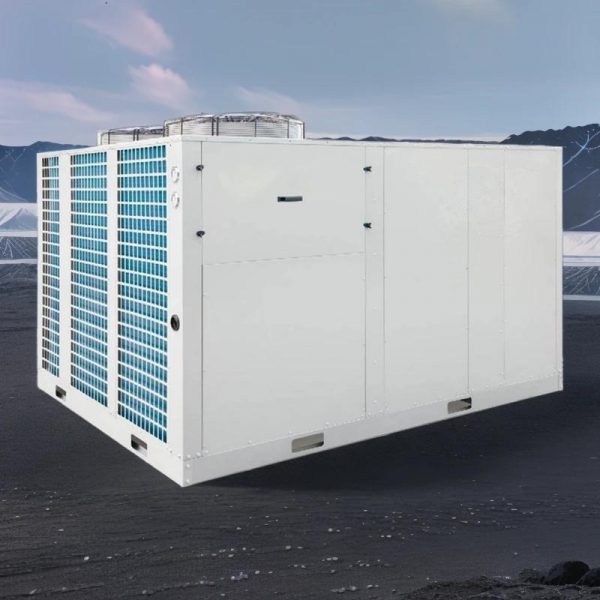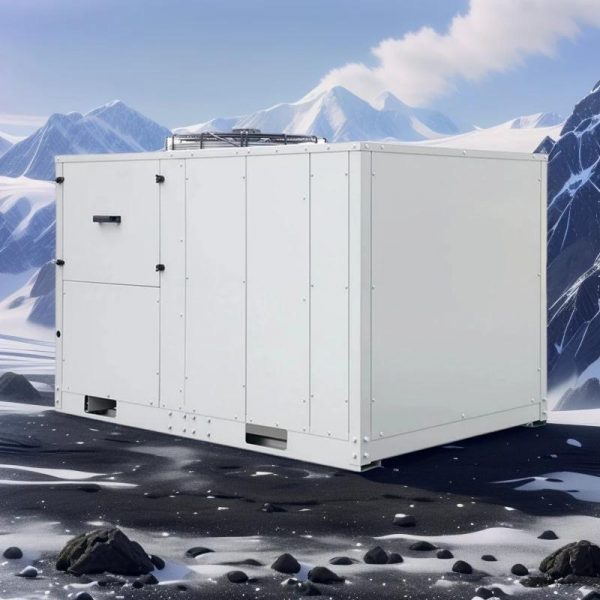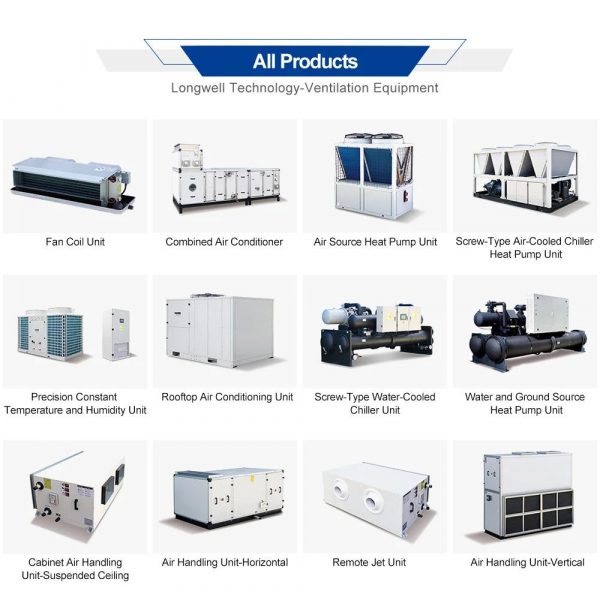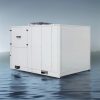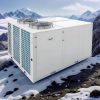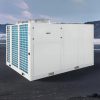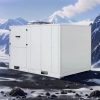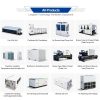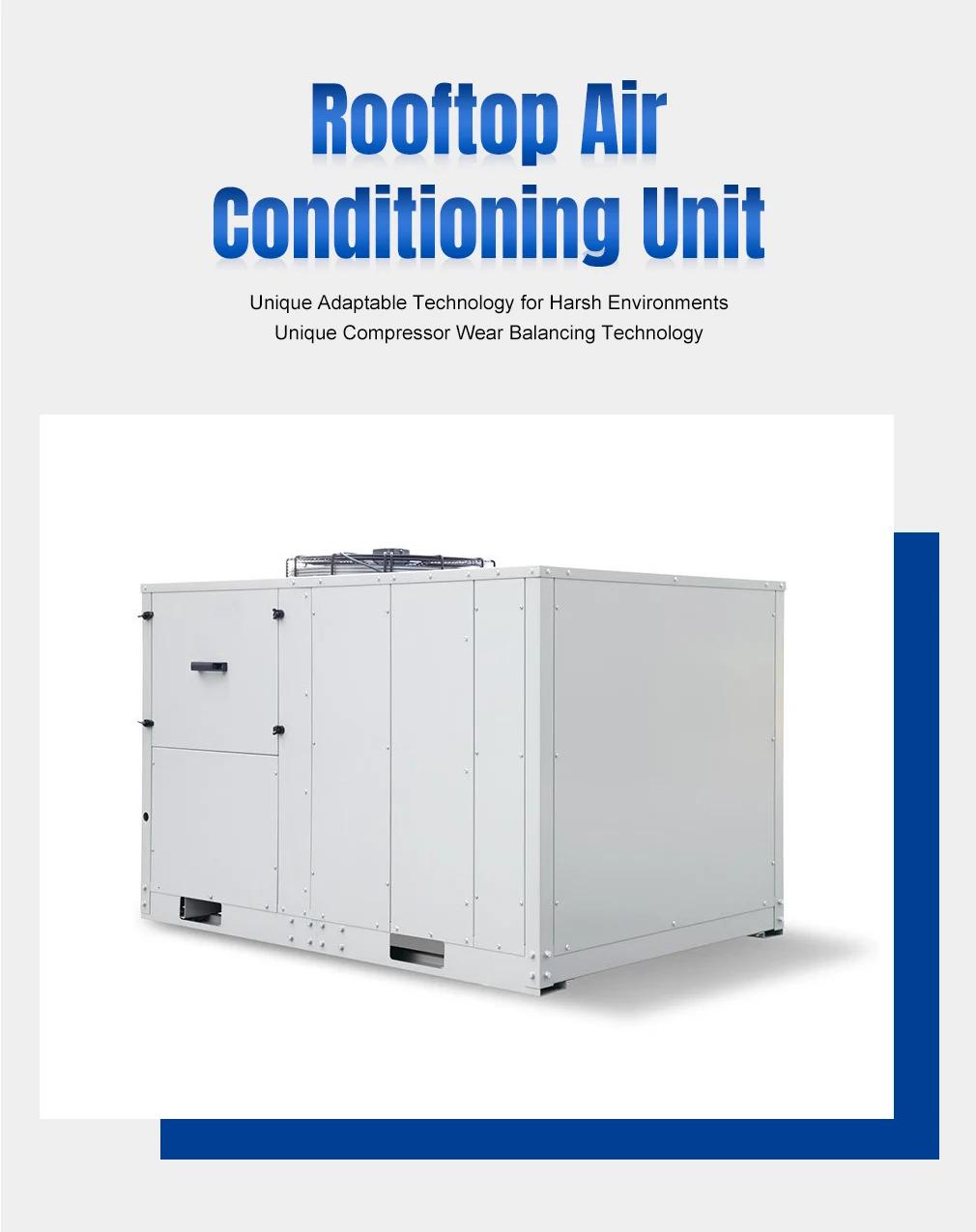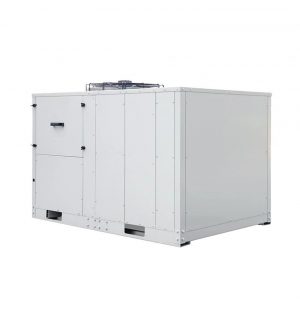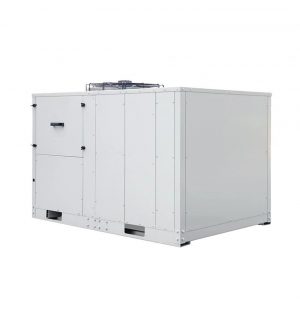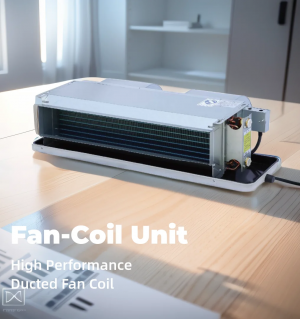Description
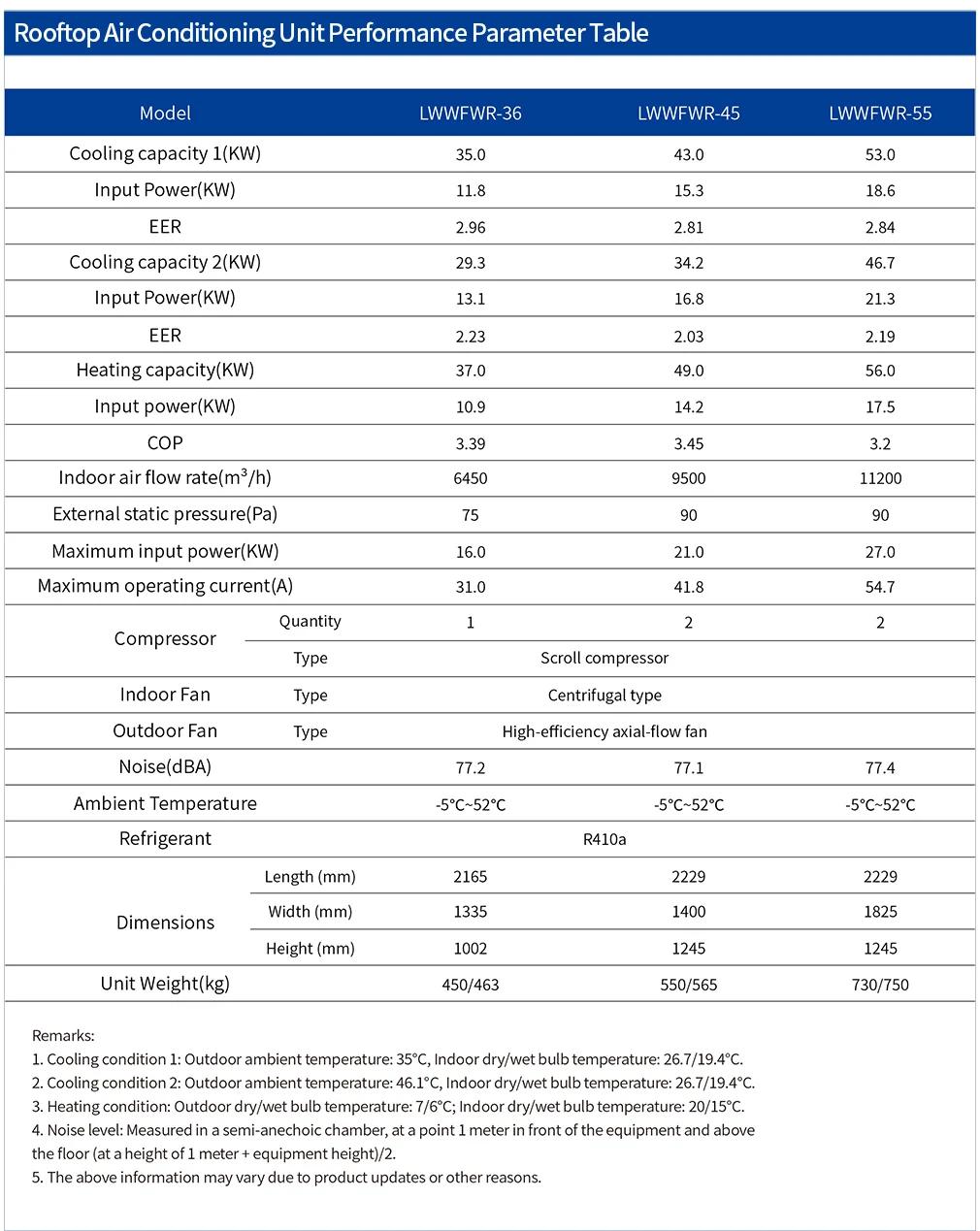
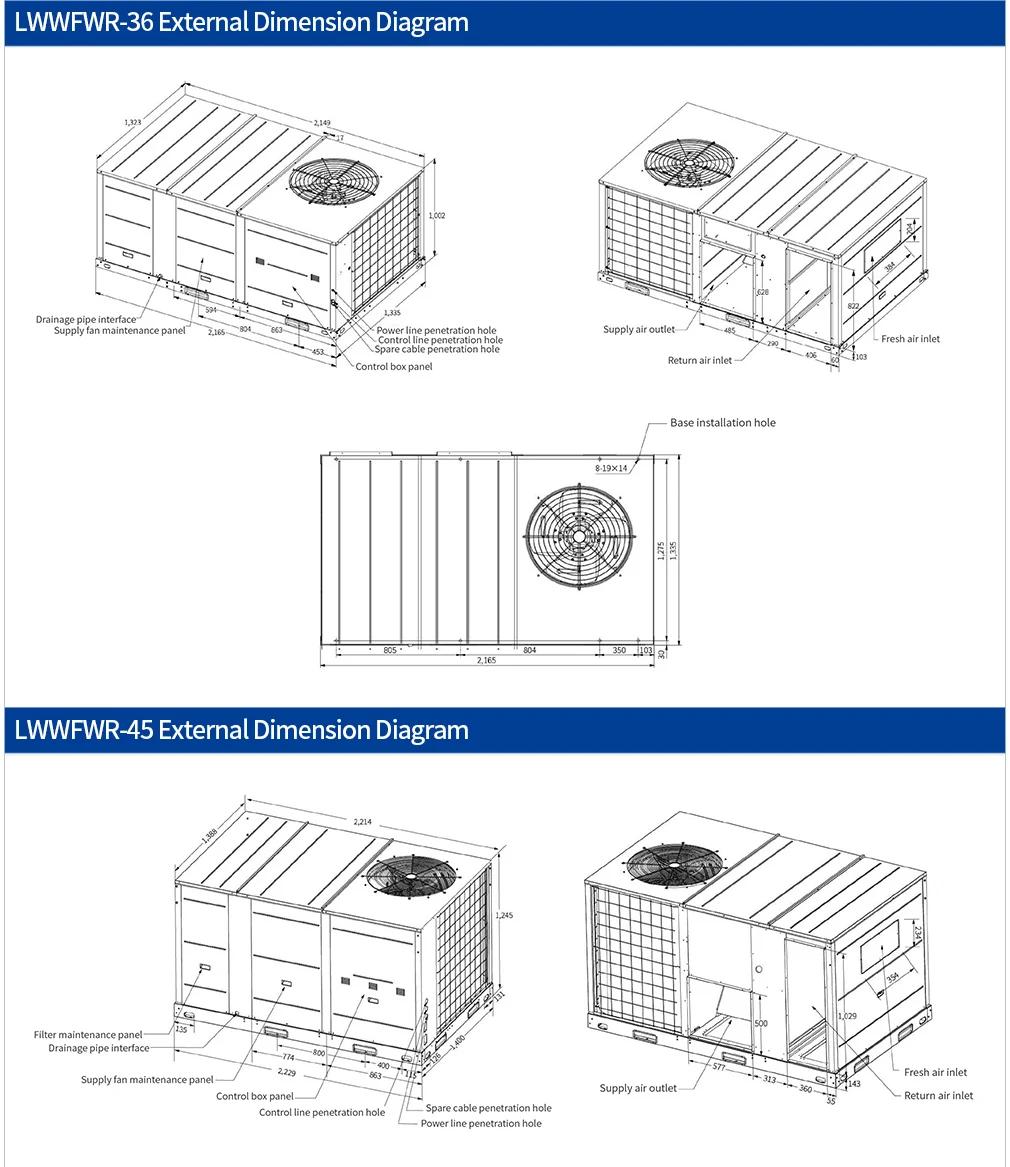
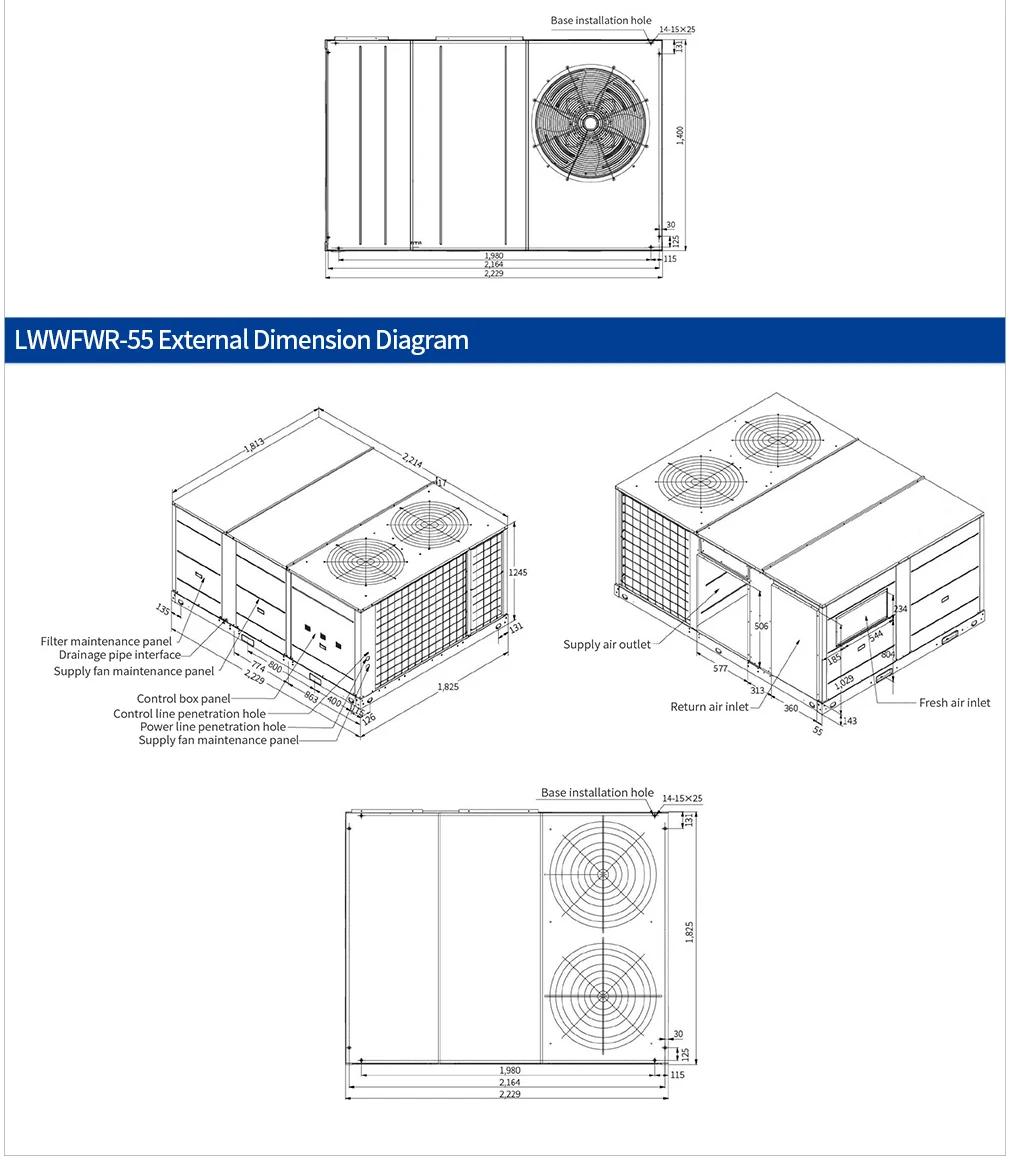

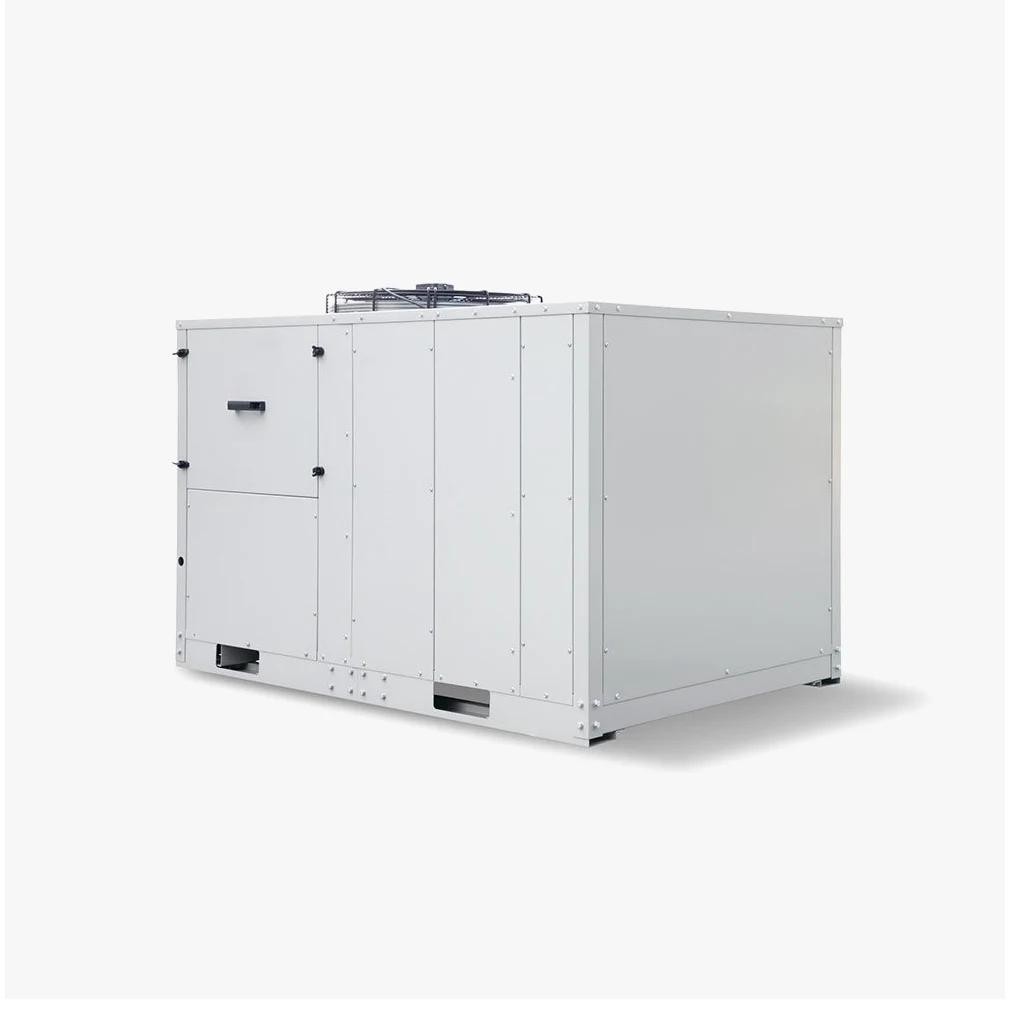
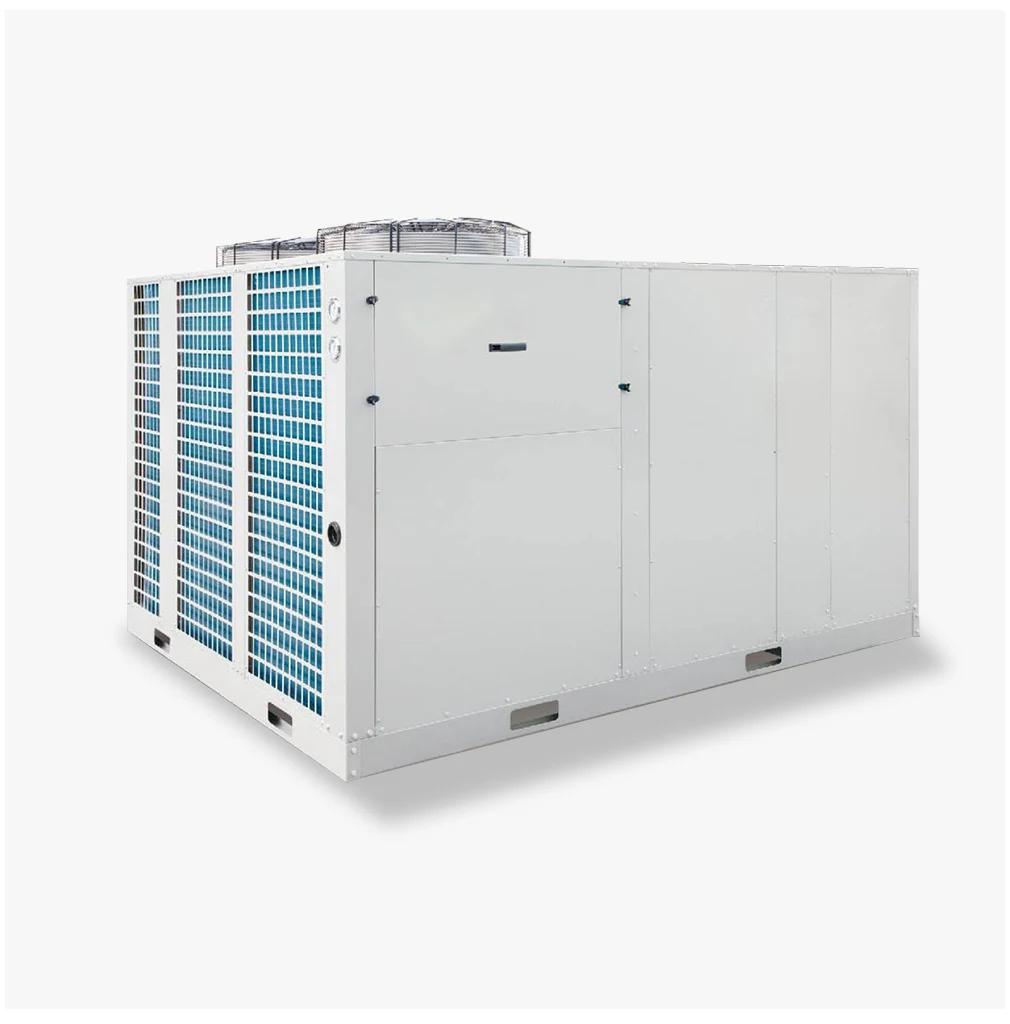
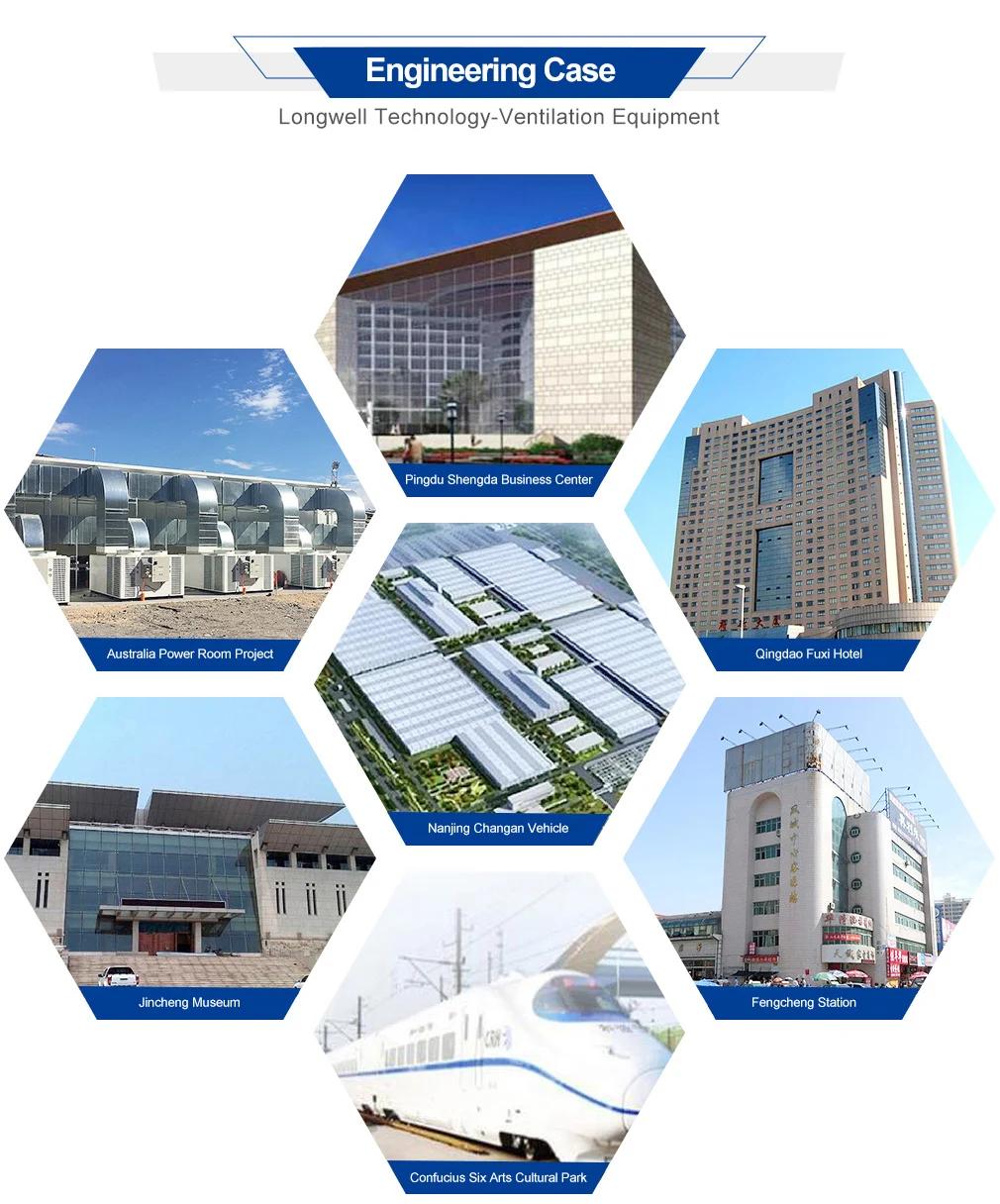
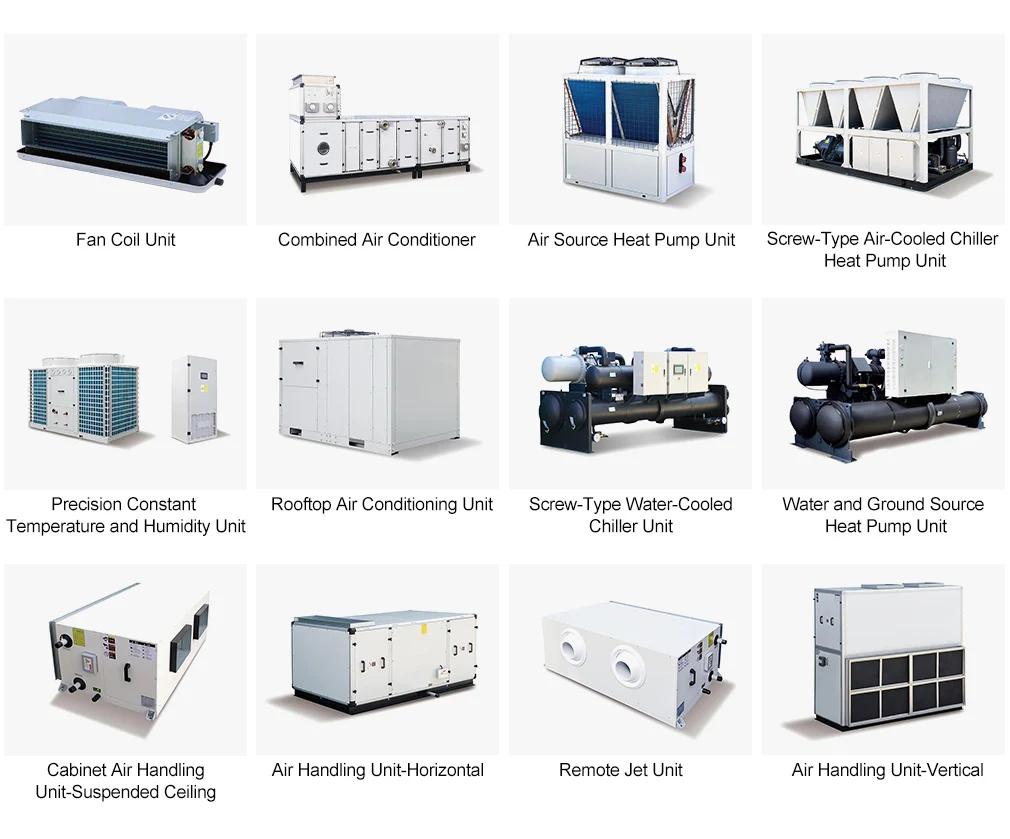
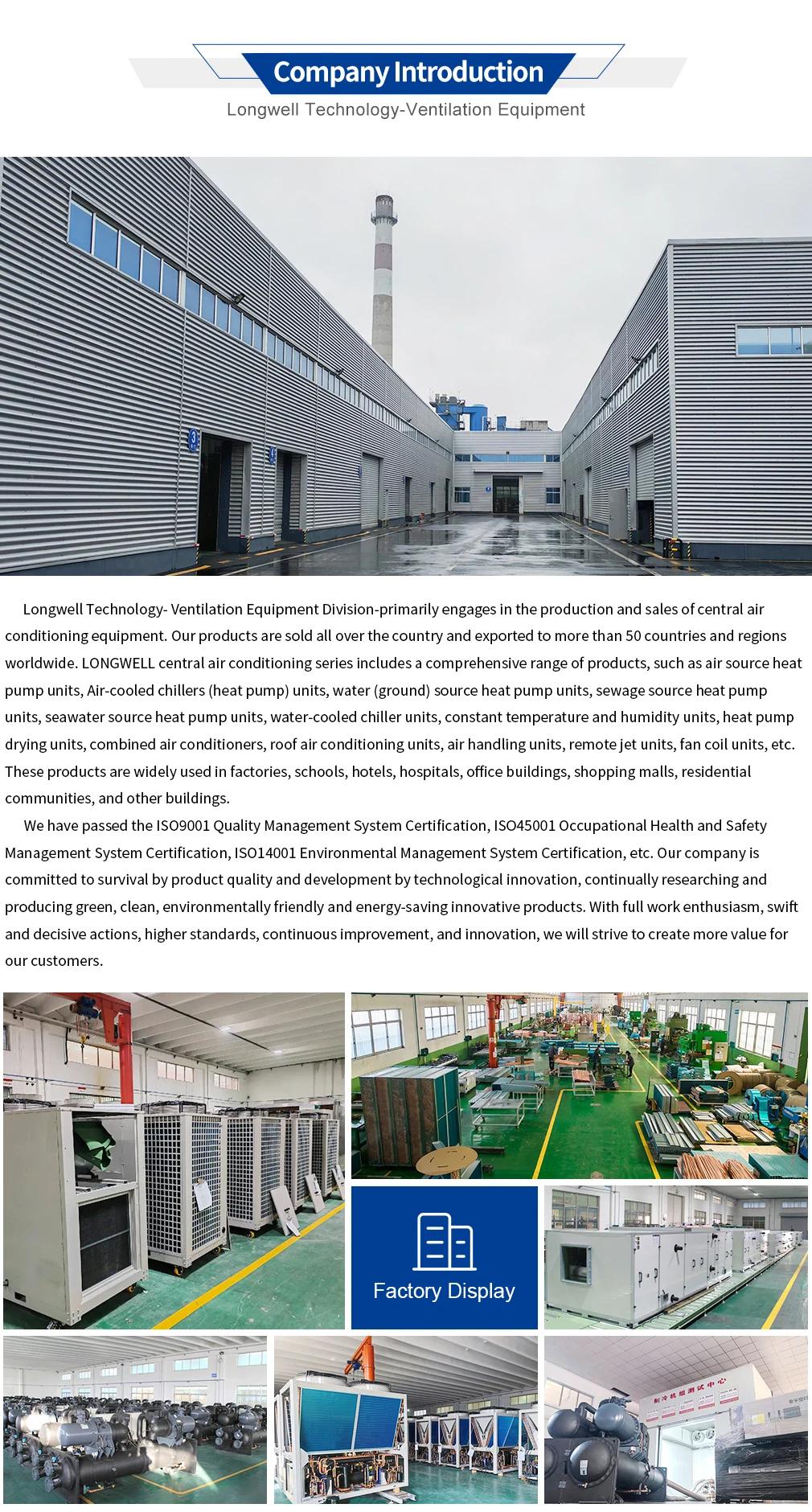
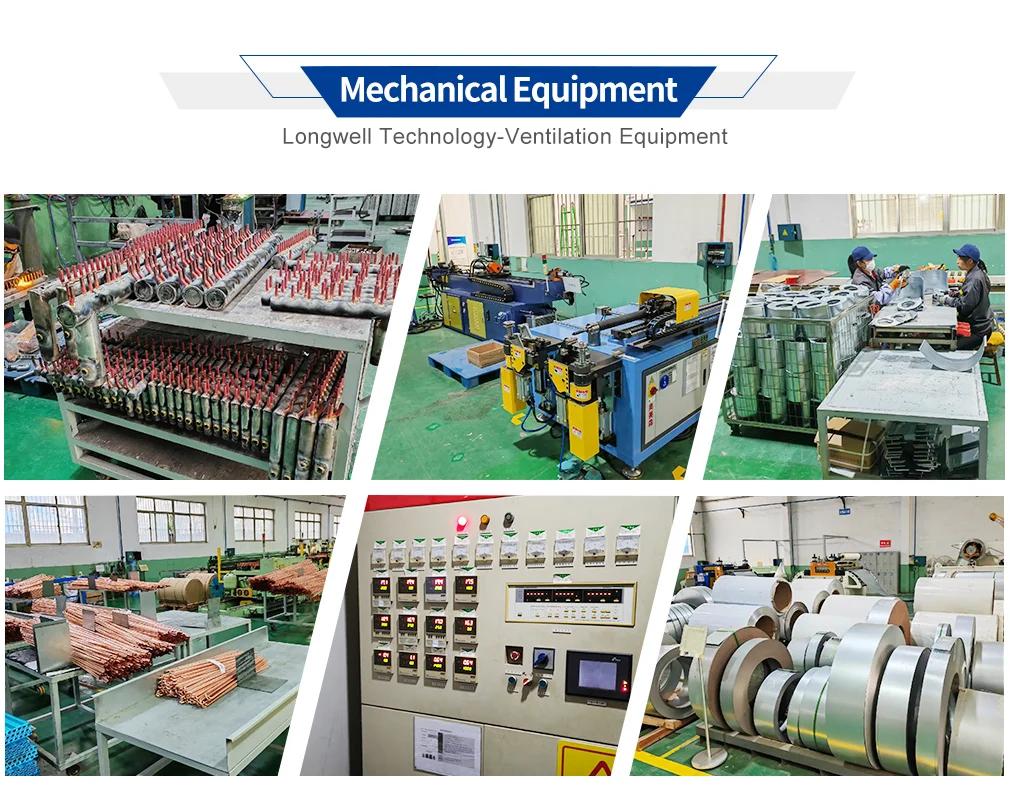
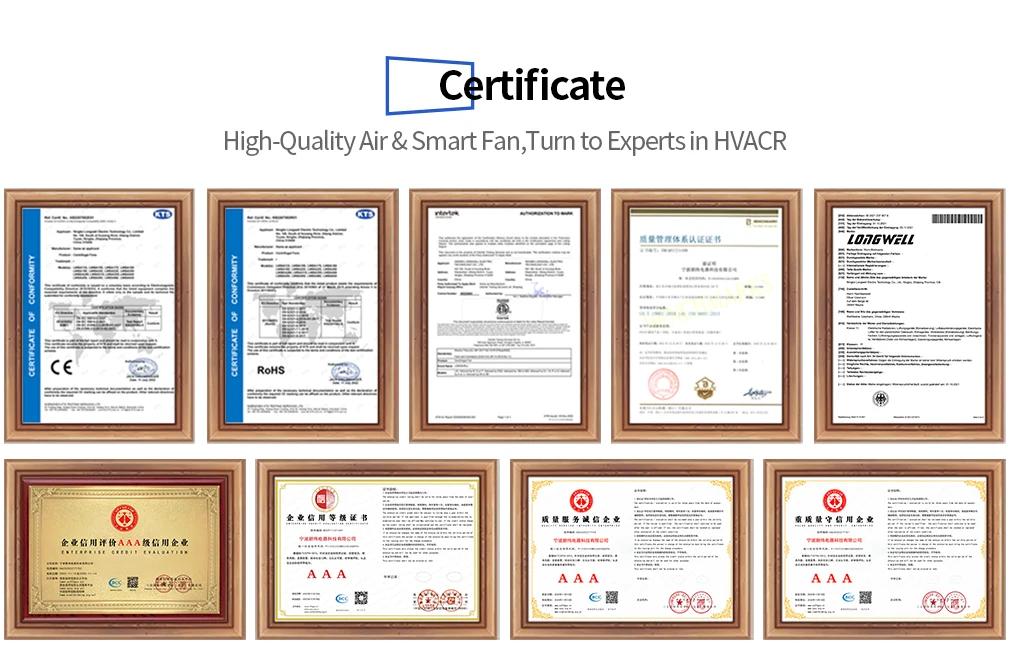
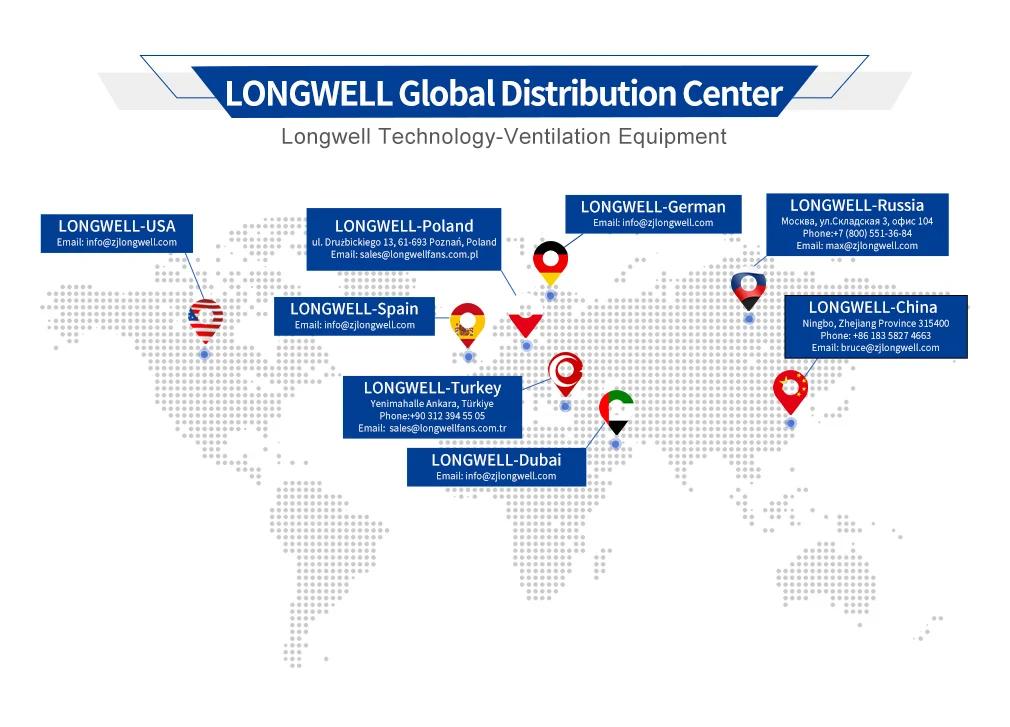
* A Rooftop Packaged Unit is a self-contained HVAC system designed for installation on a rooftop, providing heating,cooling, and ventilation services for commercial buildings.
2. What are the key features of an RTU?
* Key features typically include a compressor, condenser, evaporator, air handler, and controls, all integrated into a single unit for ease of installation and maintenance.
3. How does an RTU differ from a split system?
* Unlike split systems where the components are located in different parts of a building, an RTU houses all components in one unit, usually installed on a rooftop.
4. What size RTU should I choose for my building?
* The appropriate size depends on the building’s cooling and heating load requirements, which can be determined through a load calculation by a professional HVAC technician.
5. Are RTUs energy efficient?
* Many RTUs are designed with energy efficiency in mind, featuring SEER ratings for cooling and HSPF or EER ratings for heating.
6. How often should I service an RTU?
* It’s recommended to service an RTU at least once a year, or more often if it operates in extreme conditions, to ensure optimal performance and longevity.
7. What maintenance tasks are involved in an RTU?
* Maintenance tasks include cleaning or replacing air filters, inspecting and cleaning the condenser and evaporator coils,checking refrigerant levels, and lubricating moving parts.
8. Can RTUs be controlled remotely?
* Yes, many RTUs come with smart controls that allow for remote monitoring and operation through a smartphone or computer.
9. How do I know if my RTU needs repair?
* Signs of a malfunctioning RTU include uneven cooling or heating, strange noises, high energy bills, or the system not turning on at all.
10. What are common issues with RTUs?
* Common issues include refrigerant leaks, electrical problems, compressor failure, and clogged air filters.
11. How do RTUs handle humidity control?
* RTUs typically have a dehumidification feature that works in conjunction with the cooling process to remove excess humidity from the air.
